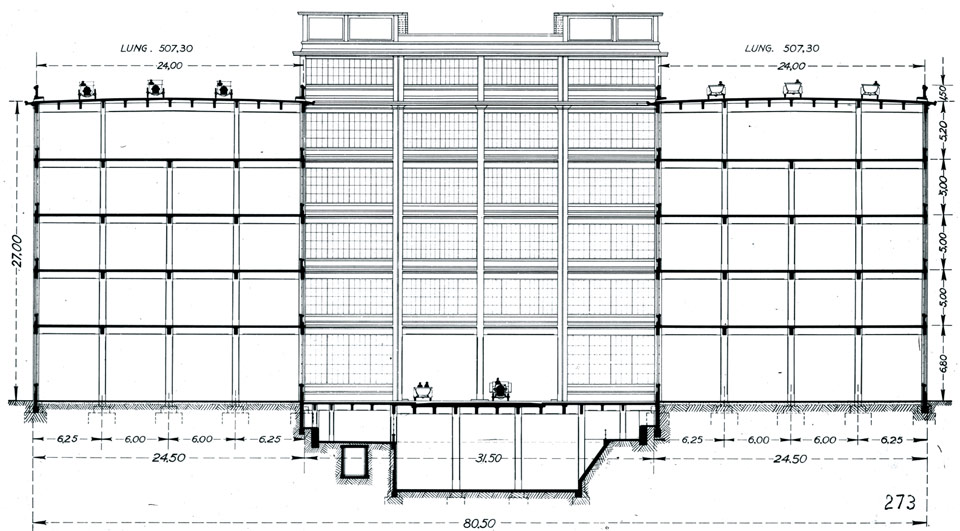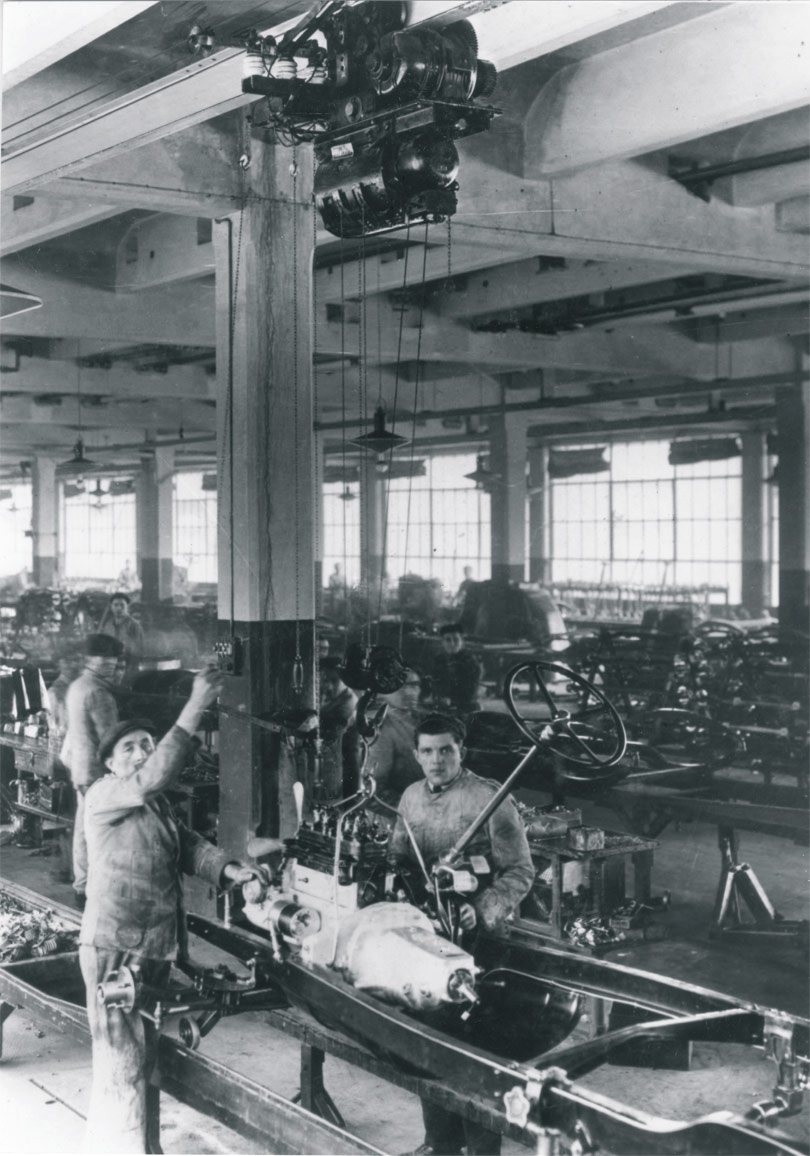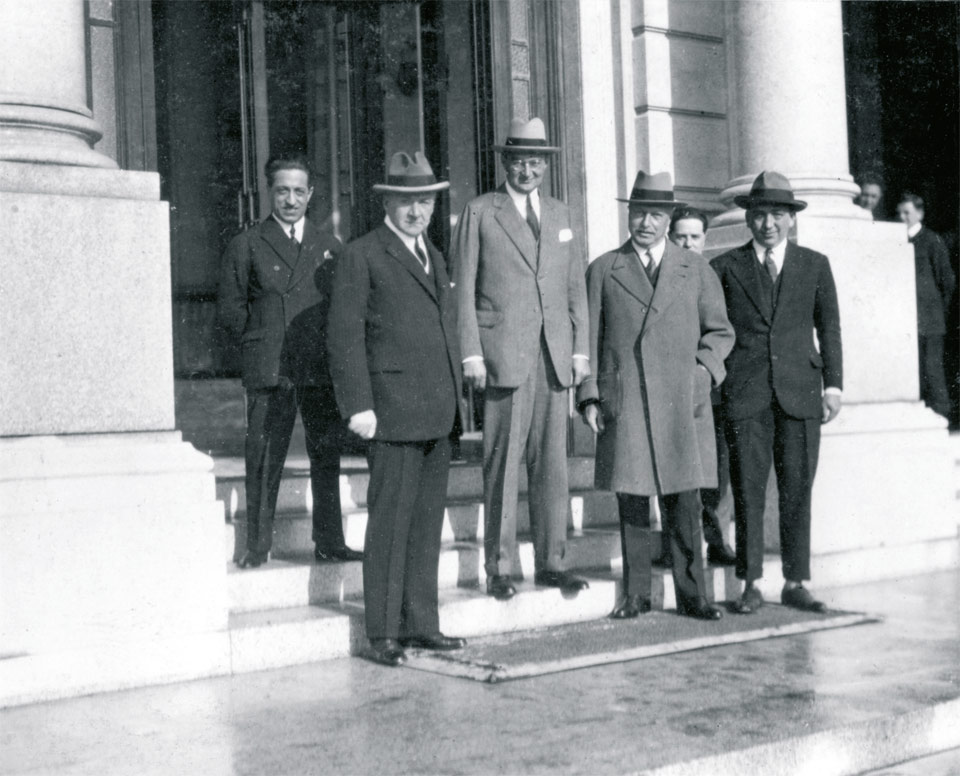22 May 1923
It’s 10:25 a.m. The amazing journey has begun. We cross all the courtyards from one end to the other, flanked by the huge walls of the workshops, which hum with the sound of work in full swing. It’s like walking between two amazing hives. In front of us we see Senator Agnelli, who has already taken on his role of tour guide. Never has there been a more sober guide, nor one who knew so much about how things began. We watch him show the king the five floors of the building, on which are distributed the various processes that go into building a car. These are the circles or hierarchies of Fiat, leading up to the top floor where we find the finished vehicles, ready for shipment, with the address of the buyer or representative on the tag. The car is assembled gradually, part by part, component by component, its countless pieces taken, wrought and gently pushed into place; the vehicle begins to take shape from the ground up. It’s a continuous movement, established by the factory, almost like an updraft. The mammoth workshop looks like a forest of iron and cement thrusting up from the soil, with a forest’s countless sucking ebbs and life-giving flows. Here and there in the walls are open mouths, a voracious system of mouths. We see some, at regular intervals, open along the long courtyards that we cross. Under the sparkling window frames, on whose glass rectangles the sun beats merrily, crate-like openings gape here and there on the ground floor, at given moments swallowing whole batches of material, brought there by trucks. They are one of the many meals of the beast that needs nourishment to produce. The nutrition mouths each correspond to a department: the raw material, the pieces, the loaves are inhaled in gulps of hundreds of kilograms and the steel-on-steel chewing begins, the gradual transformation that leaves no piece whole until it has become a living organ of the new car being built.
“La Stampa”, 23 May 1923
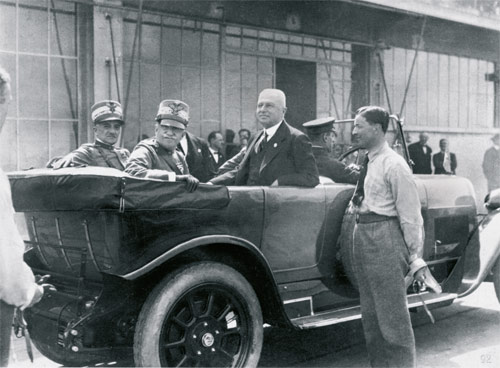
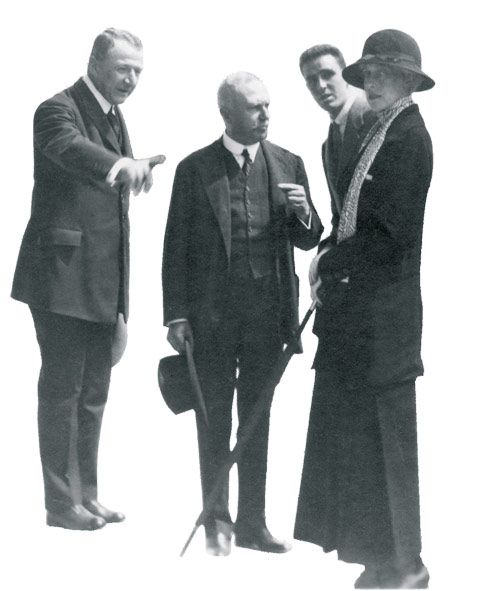
Certainly a most impressive industrial artifact: […] a work of fine engineering, clear and sharp. The esprit nouveau factory sets a defining standard for precision, clarity, elegance and cutting edge economy […]. Here we have the solution to a clearly stated problem.
Le Corbusier, in “Esprit Nouveau”, 1925
